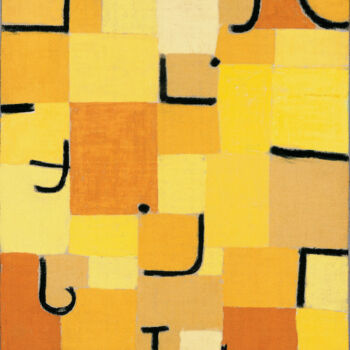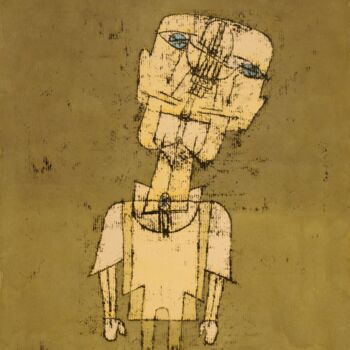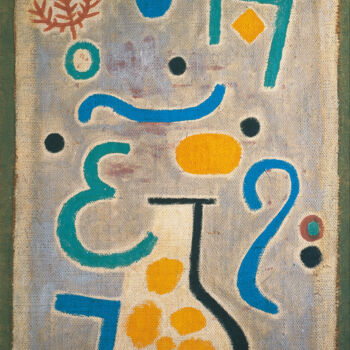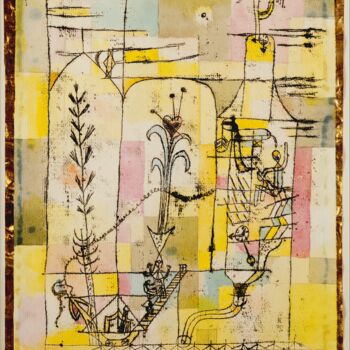Red Balloon (1922) Painting by Paul Klee
Not For Sale
Sold by Artmajeur Editions
Sold by Artmajeur Editions
-
Original Artwork
Painting,
Oil
- Dimensions Height 12.5in, Width 12.2in
- Framing This artwork is not framed
Paul Klee (18 December 1879 – 29 June 1940) was born in Münchenbuchsee, near Bern, Switzerland, in 1879. In 1898, he started taking classes at Munich's Art Academy with Franz von Stuck. In 1901, he went to Italy to study art for several months in Rome. He went to Paris for the first time in 1905. In 1910, his first solo show was held at the Kunstmuseum Bern. In 1912, he took part in the second show of the group of artists called the Blauer Reiter. In 1914, he went to Tunisia and went to the capital, Tunis, among other places. In 1916, he was forced to join the army. In 1919, he met people in the Dada circle in Zurich. Walter Gropius asked him to teach at the Bauhaus in Weimar in 1920. The next year, he moved there. In 1924, he and Lyonel Feininger, Wassily Kandinsky, and Alexej von Jawlensky started the group Blaue Vier. Klee moved into one of the masters' houses when the Bauhaus moved to Dessau in 1926. In 1928, he went to Egypt for a trip. Klee left the Bauhaus in 1931 and became a professor at the art academy in Düsseldorf, where he taught how to paint. In 1933, when the National Socialists took over, he was fired from his job and sent back to Bern. National Socialists called his art "degenerate," and 102 of his pieces were taken from public collections. In 1939, Klee made 1,253 pieces, which was his most productive year. He died in Locarno-Muralto, Switzerland, a year later.
-
Nationality:
SWITZERLAND

- Date of birth : unknown date
- Artistic domains: Represented by a Gallery,
- Groups: Contemporary Swiss Artists Artists presented by a gallery

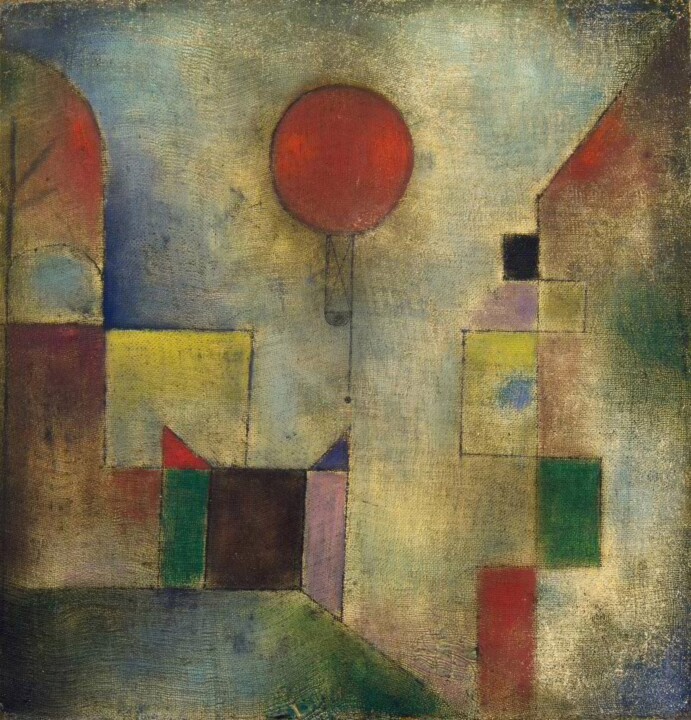
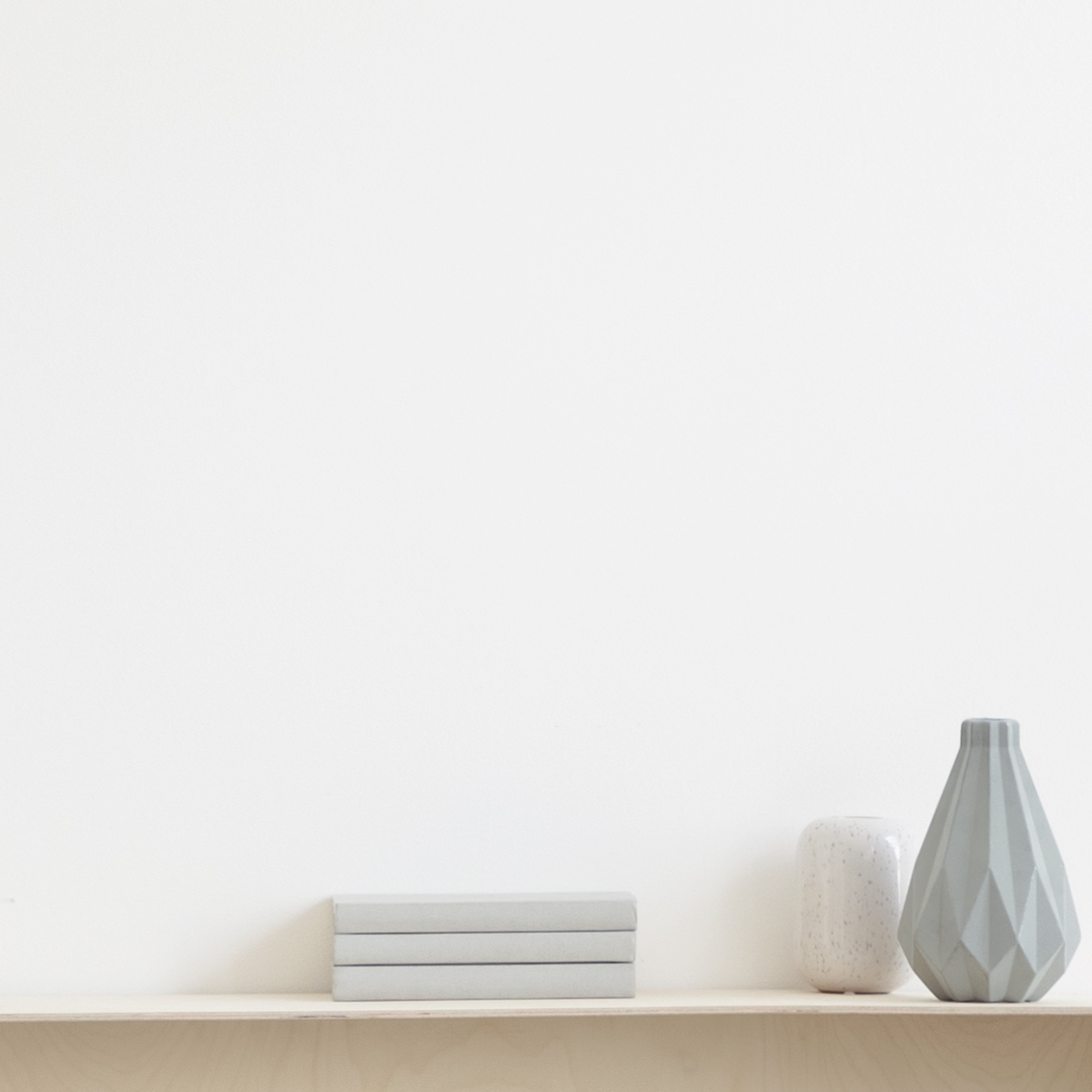


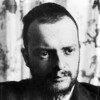
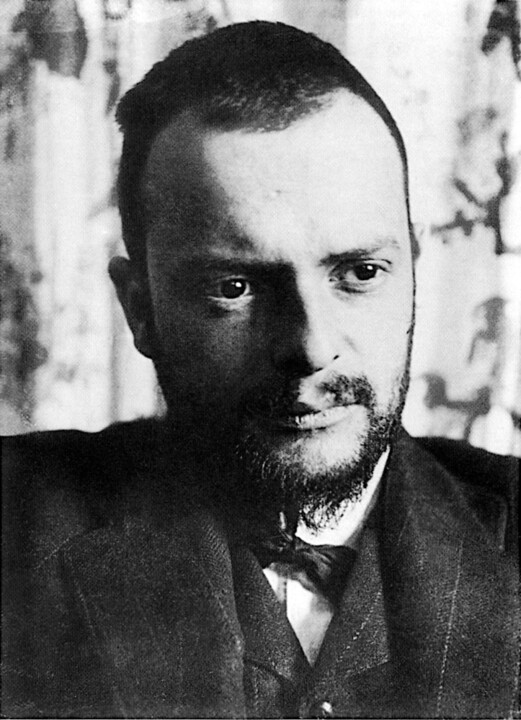 Paul Klee
Paul Klee
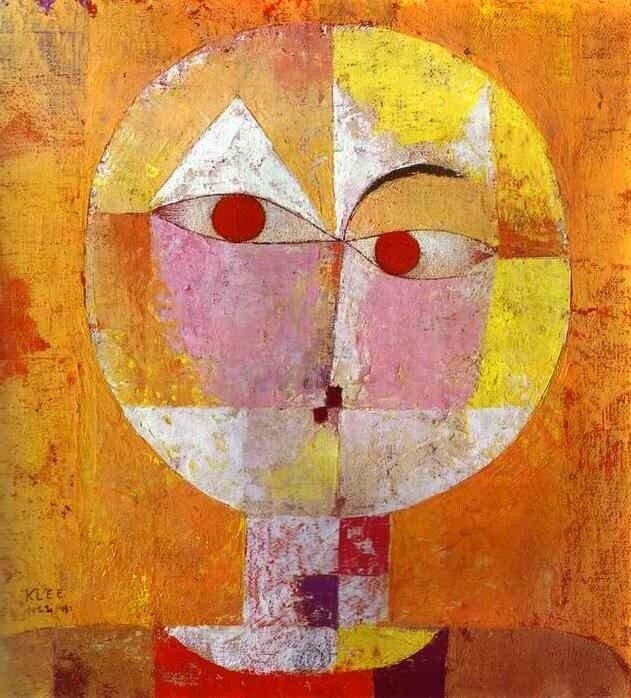 Senecio (1922) by Paul Klee
Senecio (1922) by Paul Klee
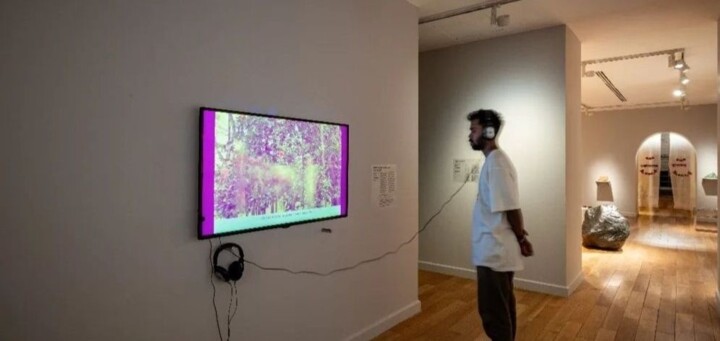 The Impact of Nadia and Rajeeb Samdani on Bangladesh's Contemporary Art Scene
The Impact of Nadia and Rajeeb Samdani on Bangladesh's Contemporary Art Scene
